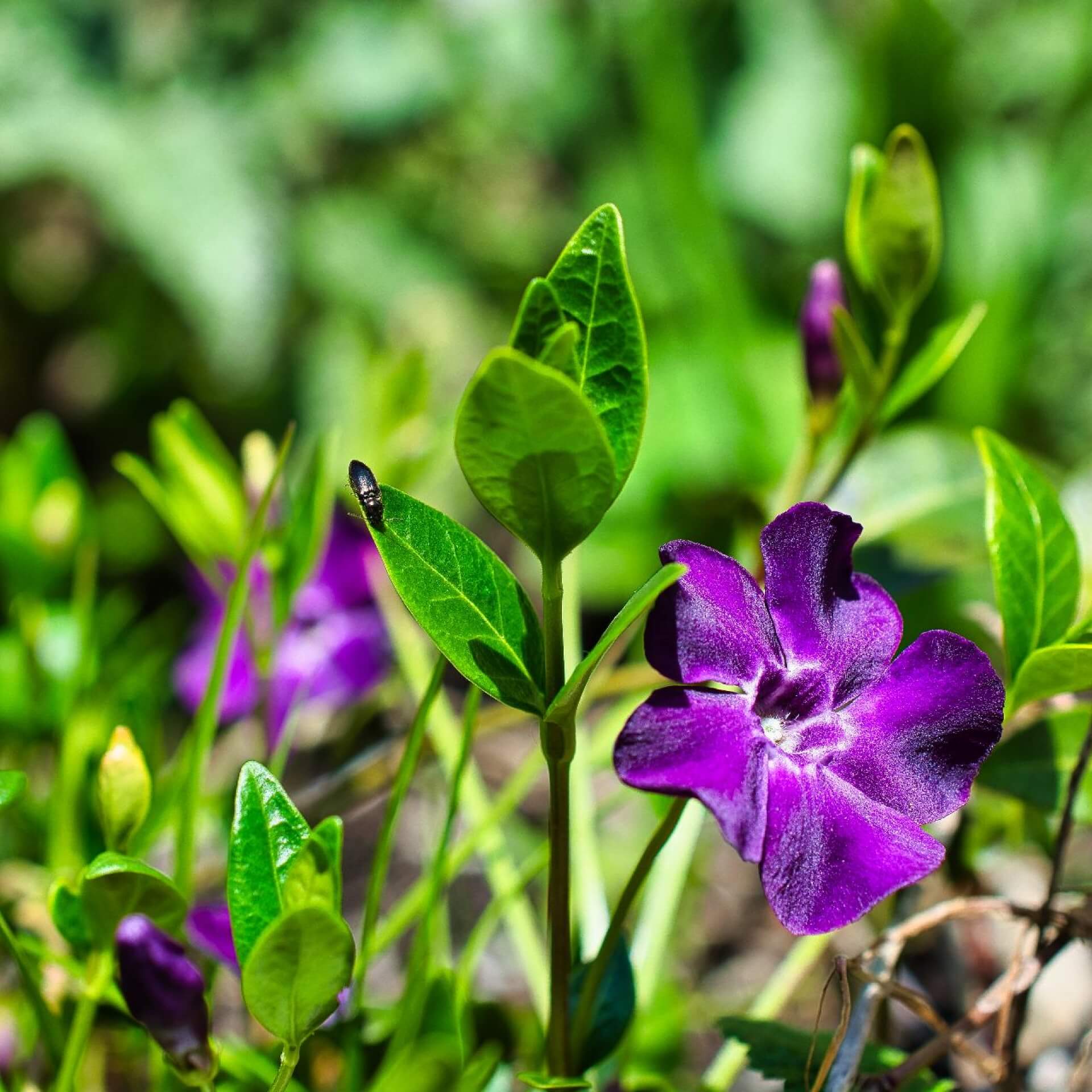
Kleines Immergrün 'Rubra' Expertenwissen für Garten & Balkon
Vinca minor 'Atropurpurea' (Dark purple-flowered periwinkle) Other names: Vinca minor 'Purpurea' , Vinca minor 'Rubra' ShootChecker™ STOP: Make sure you get the "Right Plant, Right Place.

Vinca minor ‘Rubra’ Cascina Bollate
Vinca minor grows in partial sun, partial shade, and full shade. It tolerates deep shade conditions but may burn in direct sunlight. For best results, plant them in partial shade. Also, they are a good choice for a ground cover for an area with dry shade .
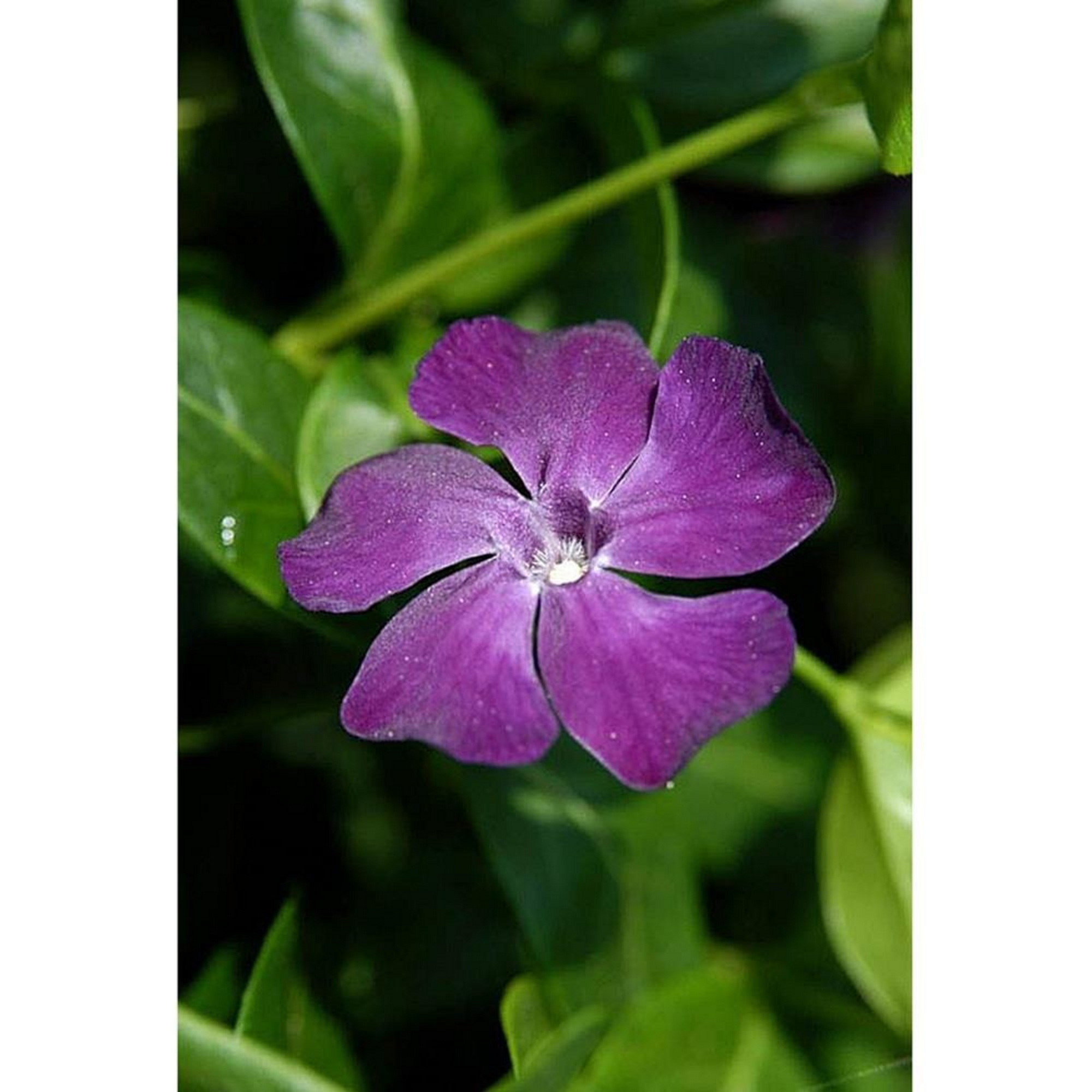
Gartenkrone Kleinblättriges immergrün, Vinca minor »Rubra«, rot, winterhart hagebau.de
The leaves are small, rounded to lance-shaped, and a pleasing, glossy, green. The open, starry flowers are borne from mid-spring to autumn. Vinca minor f. alba 'Gertrude Jekyll' has dark green leaves and brilliant white flowers. For best results grow in moist but well-drained soil. It's ideal for growing in shady sites, but you will get far.
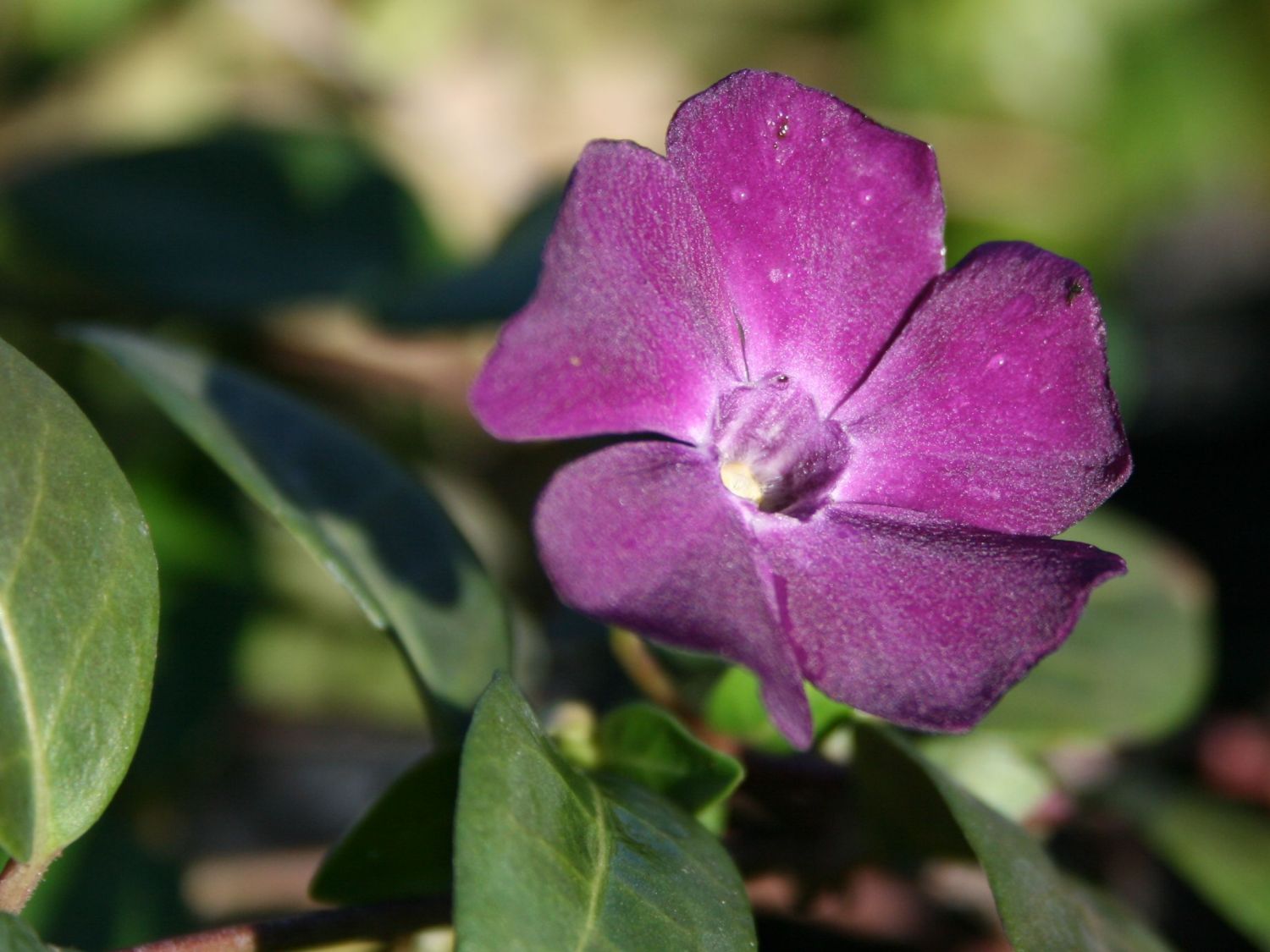
Immergrün 'Rubra' / 'Atropurpurea' Vinca minor 'Rubra' / 'Atropurpurea' Baumschule Horstmann
Vinca minor 'Atropurpurea' lesser periwinkle 40% OFF selected In stock (shipped within 2-3 working days) Buy Delivery options Standard £5.95 Named Day £10.95 Position: full sun or partial shade Soil: any but very dry soil Rate of growth: average to fast-growing Flowering period: April to September Hardiness: fully hardy

Vinca minor 'Rubra', Kleines GartenImmergrün Gaertnerei Barth
The common periwinkle plant (Vinca minor) is often spotted creeping down steep hillsides and banks, offering a green and growing effect in areas which might otherwise be bare.The periwinkle plant is exceptional as an erosion control specimen.Periwinkle is also used as a spreading shrub in USDA garden zones 4 to 8. Periwinkle may often be called creeping vinca or creeping myrtle as well.
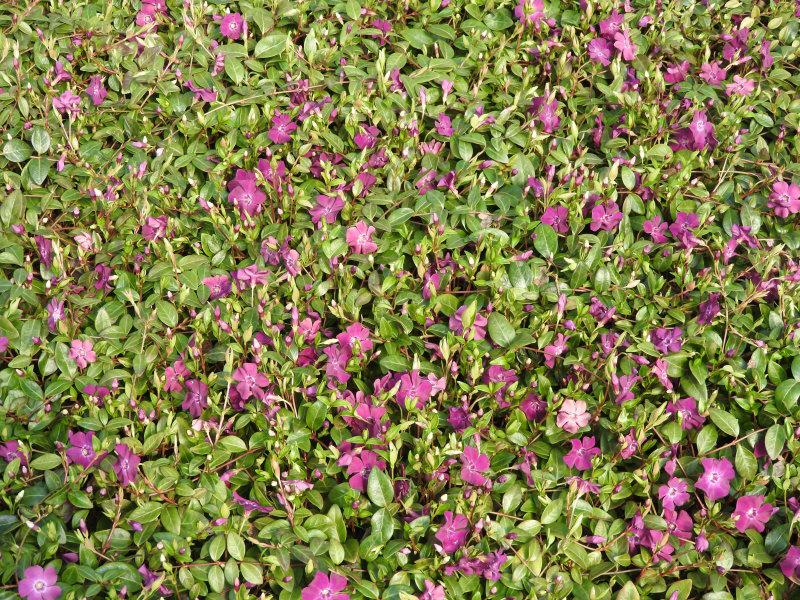
Baumschule Eggert Blütensträucher, Baumschulen, Heckenpflanzen Violettblühendes Immergrün
carefully remove the chosen part of the plant from the soil. to do this, use a small garden shovel or a similar tool. shake off the old soil. if necessary, remove rotten or damaged roots. place the vinca minor to the desired location as described under "Planting" and pour it well.

Immergrün 'Rubra' / 'Atropurpurea' Vinca minor 'Rubra' / 'Atropurpurea' Baumschule Horstmann
Description. Vinca minor Alba - white periwinkle DESCRIPTION: Lowgrowing vigorous groundcover, dark green oval leaves and white five-petalled open flowers. Roots along its stems to form wide mats. USES: Covering large areas of ground under shrubs, down embankments and slopes, in deep shade. Flowers best in sun but will flower in shade.
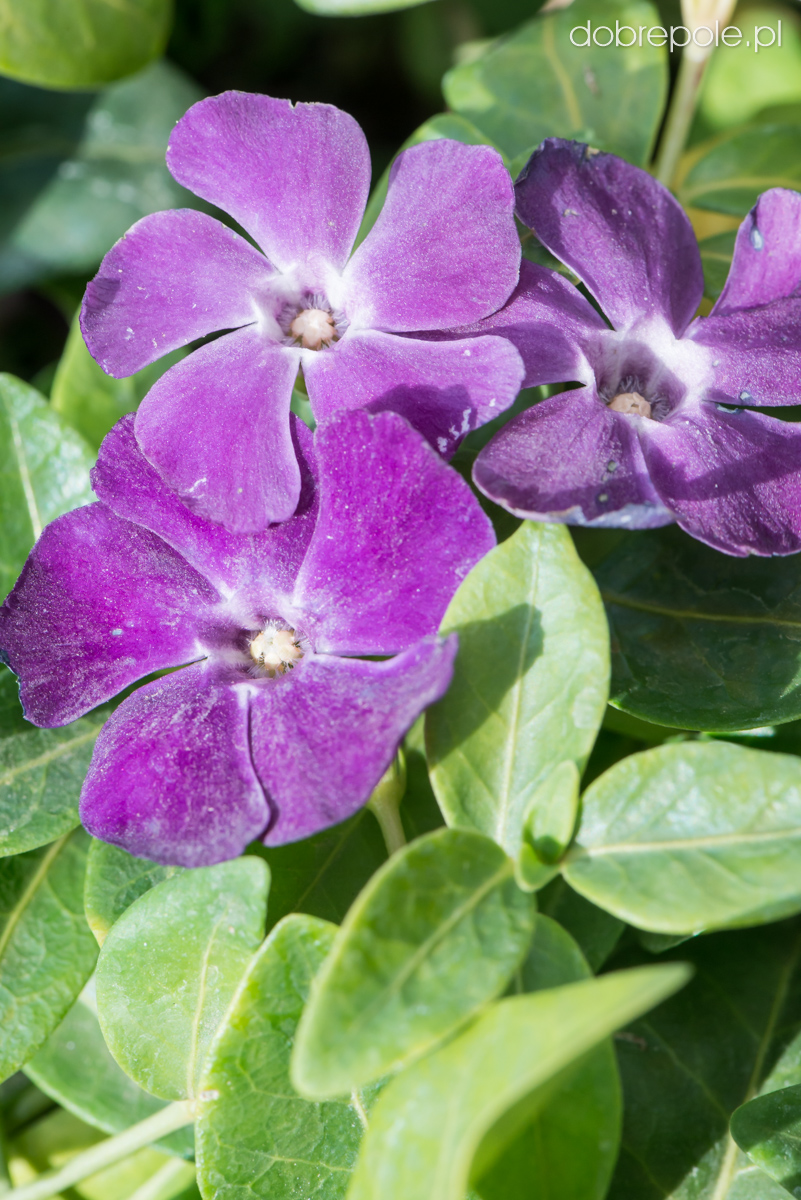
Szkółka Bylin Dobrepole Vinca minor 'Rubra' barwinek pospolity
Buy this plant RHS Plants Shop Buy online from £7.99 Plant nurseries 40 suppliers Size Ultimate height Up to 10cm Time to ultimate height 5-10 years Ultimate spread 1-1.5 metres Growing conditions Loam Chalk Sand Clay Moisture Moist but well-drained, Poorly-drained, Well-drained pH Acid, Alkaline, Neutral Colour & scent
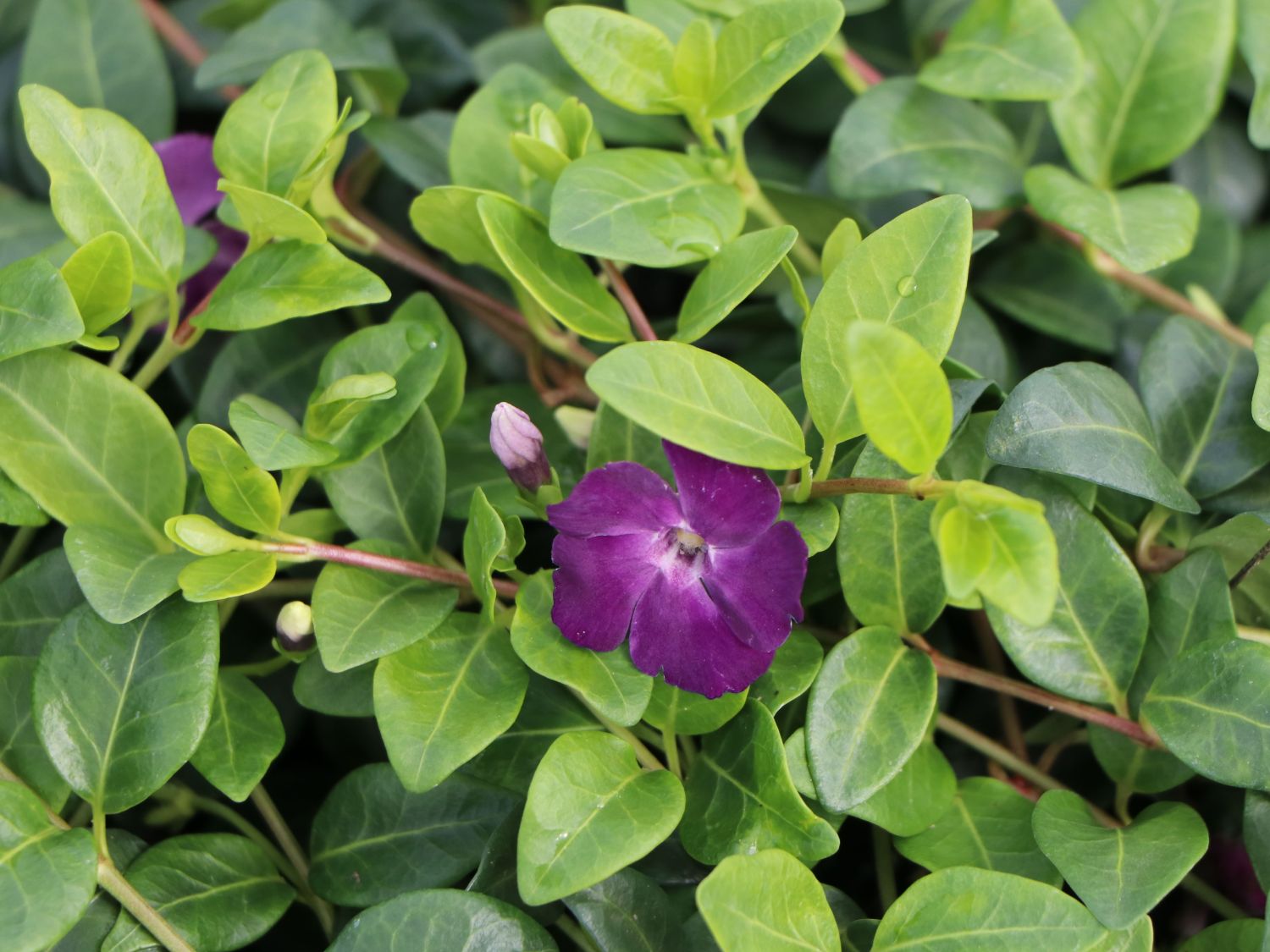
Immergrün 'Rubra' / 'Atropurpurea' Vinca minor 'Rubra' / 'Atropurpurea' Baumschule Horstmann
Vinca minor thrives best in 24 to 38 °C (75 to 100 °F) daytime temperatures, while nighttime temperatures should be between 20 to 24 °C (68 to 75 °F). Although temperature is important, vinca minor is a hardy plant that can successfully thrive in a wide range of temperatures.
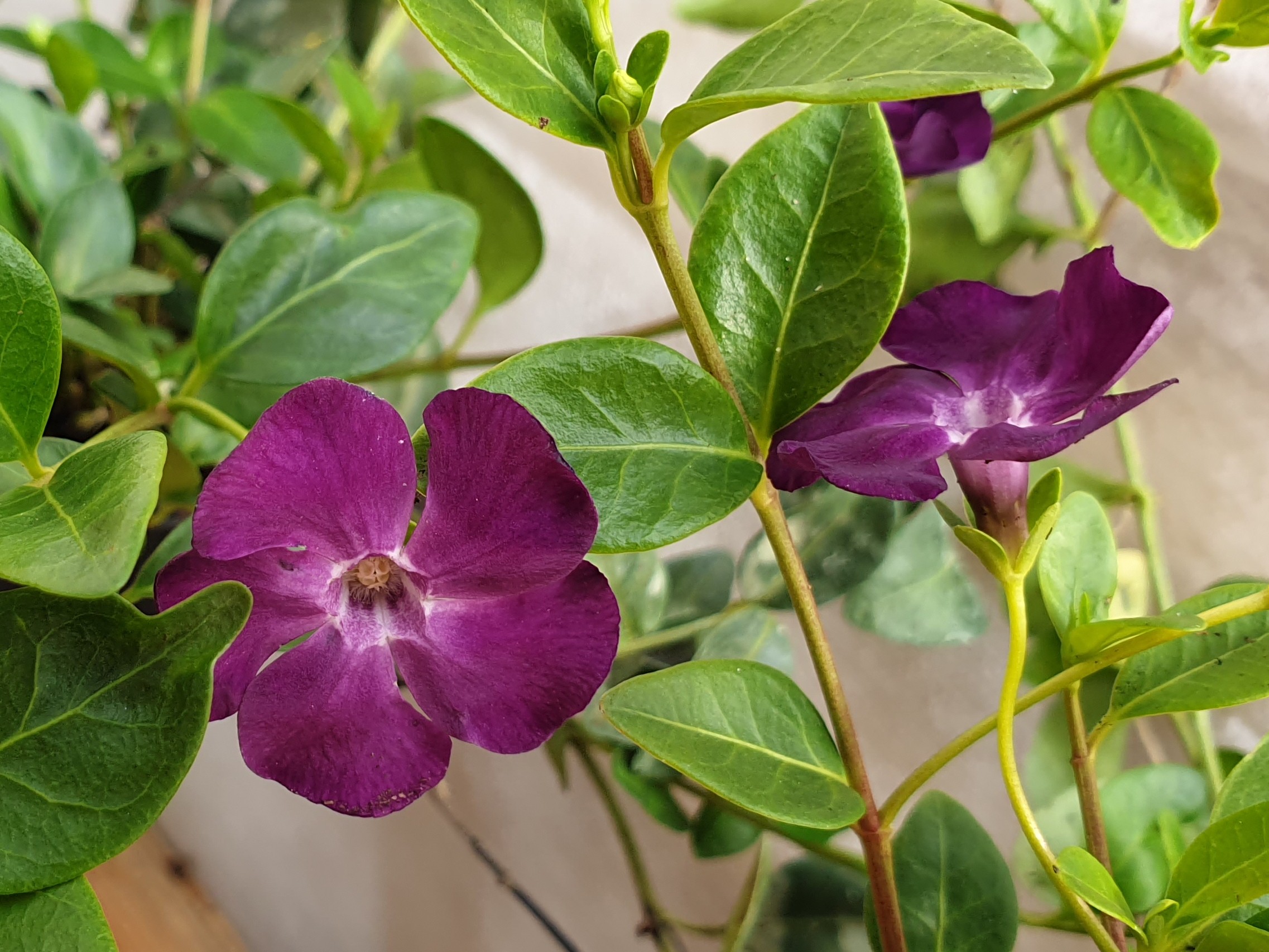
Pflanzen mit Anwachsgarantie Vinca Minor rubra Rotes Immergrün, 57 Triebe hier günstig kaufen
Vinca minor L. Common name (s): lesser periwinkle. Map showing the present distribution of this weed. Habitat: Requires part shade and ample moisture. Hardy to -12°C, fairly drought resistant, adapted to mild climates (Desert Tropicals 2005). Lesser periwinkle can grow in full, semi shaded areas and areas with no shade (Aussie Gardening undated).
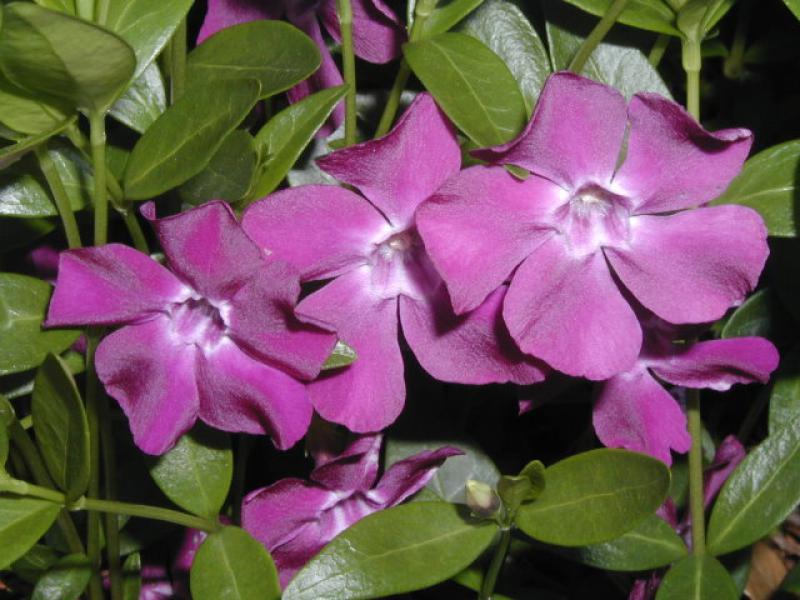
Violettblühendes Immergrün, Vinca minor Rubra direkt von der Baumschule bestellen!
Vinca minor (common names lesser periwinkle or dwarf periwinkle) is a species of flowering plant in the dogbane family, native to central and southern Europe, from Portugal and France north to the Netherlands and the Baltic States, east to the Caucasus, and also southwestern Asia in Turkey. Other vernacular names used in cultivation include small periwinkle, common periwinkle, and sometimes in.

Vinca minor 'Rubra' / 'Atropurpurea' (Immergrün) kaufen
Vinca major, V. minor. ), yellow-poplar, bitternut hickory ( ), pignut hickory ( ), witch-hazel (. occurred in a dune successional forest dominated by American beech, sugar maple, and black maple. Black cherry and northern red oak were also present [ ]. In southwestern Illinois, common periwinkle occurred in mature forest comprised of mostly.
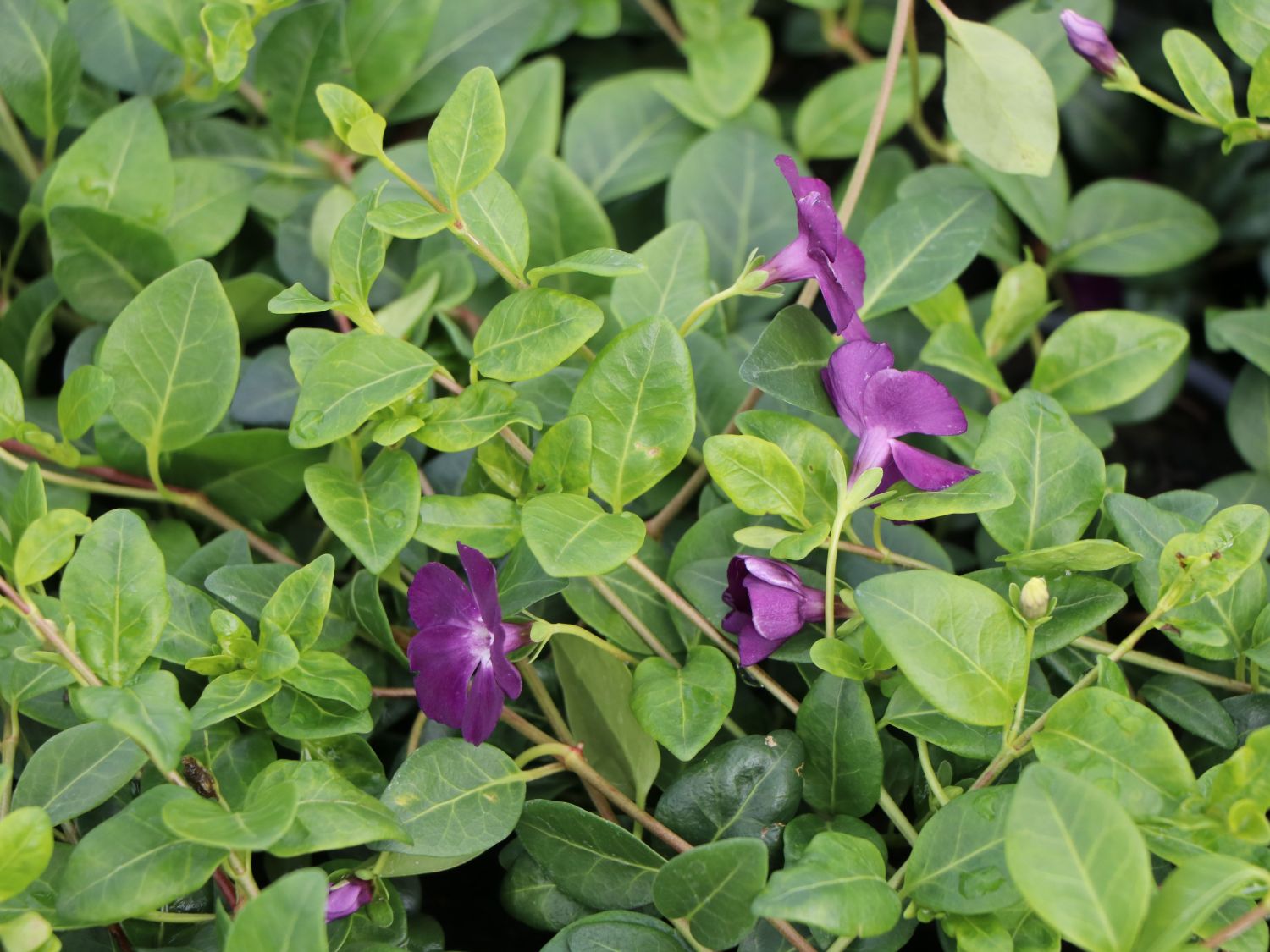
Immergrün 'Rubra' / 'Atropurpurea' Vinca minor 'Rubra' / 'Atropurpurea' Baumschule Horstmann
A mat-forming evergreen shrub with trailing, rooting shoots and opposite pairs of glossy, dark green leaves. From mid-spring to late summer it produces violet-blue flowers to 3cm across Other common names lady's flower running myrtle see more small periwinkle Join the RHS Become an RHS Member today and save 25% on your first year < >
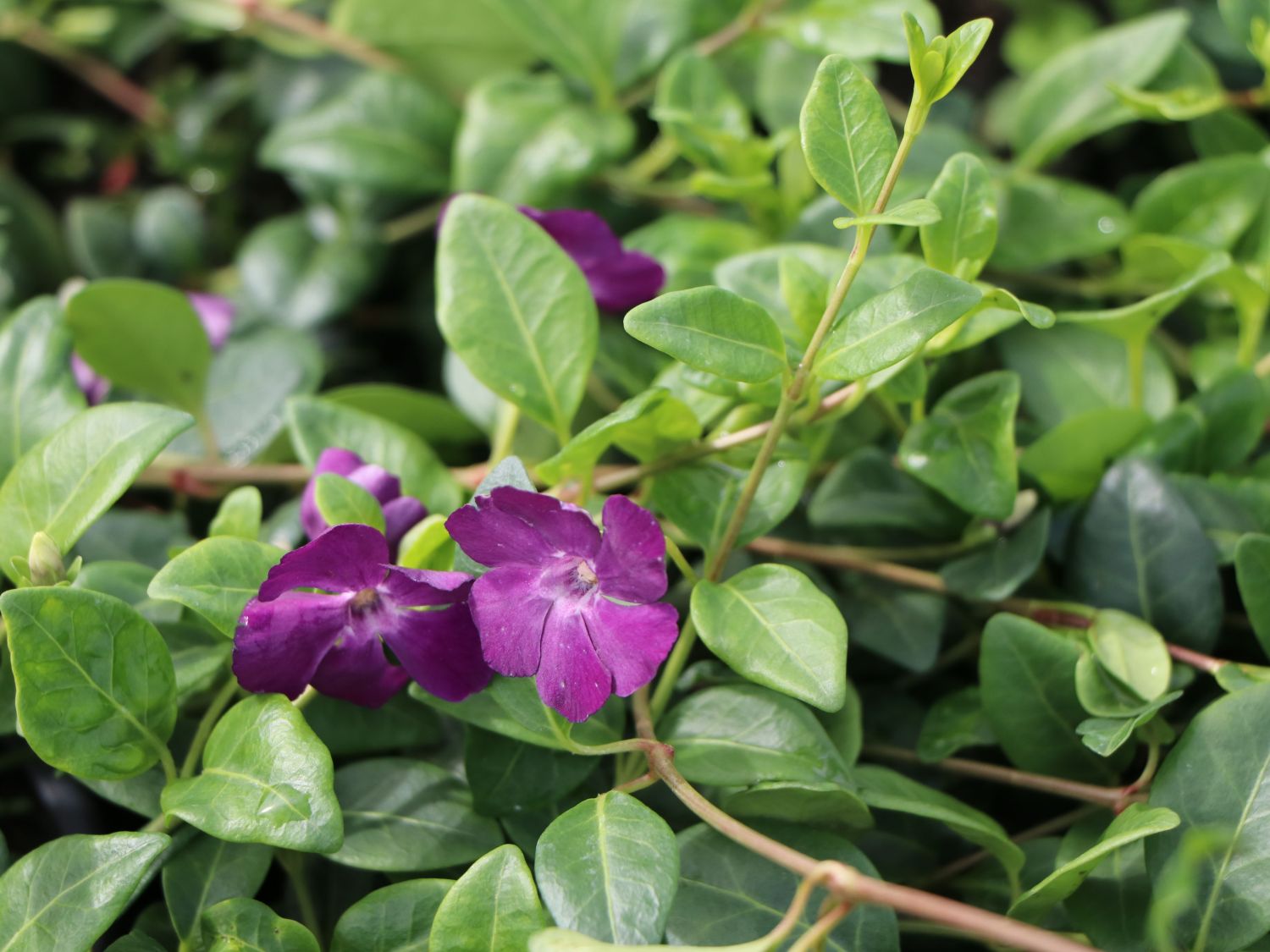
Immergrün 'Rubra' / 'Atropurpurea' Vinca minor 'Rubra' / 'Atropurpurea' Baumschule Horstmann
Vinca Major vs. Vinca Minor: What's the Difference? Before we get into these vinca care guidelines, let's go over the variations between the Vinca Major and Vinca Minor kinds. Vinca minor plants have tiny leaves that are often ¾ inch long and grow four to six inches tall from the soil. This subspecies is the most commonly found of the two.

Vinca minor 'Rubra' / 'Atropurpurea' (Immergrün) kaufen
Vinca is such a lovely old fashioned evergreen ground cover. I have it in my garden for more than 10 years already and it colonizes new territories with no p.

Bodendecker Vinca minor 'rubra' 0,5L Topf mit roten Blüten 25 Stück Amazon.de Garten
Native: Vinca, also known as periwinkle, is a genus of flowering plants in the dogbane family, Apocynaceae, which includes other popular plants such as mandevilla and oleander. It is native to Europe, northwestern Africa, and southwestern Asia, but it is now found all over the world.